Margaux merits #Bdx17
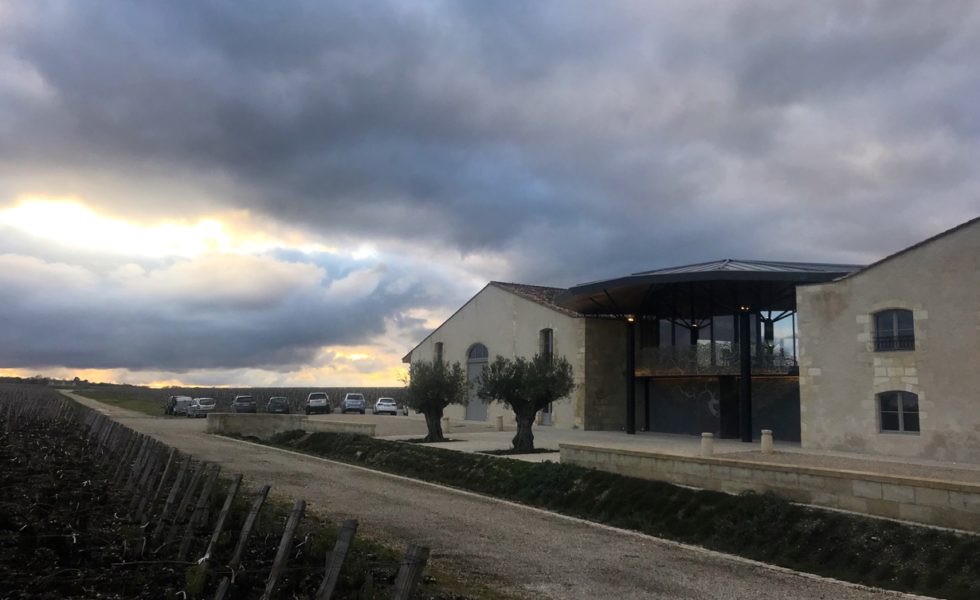
The Médoc, Part III
By Panos Kakaviatos for wine-chronicles.com
24 May 2018
After examining Pauillac, Saint Julien and Saint Estèphe in Part I and Haut-Médoc, Listrac-Médoc and Moulis-en-Médoc in Part II, now to the barrel samples of Margaux.
They include more classified growths than any other Médoc appellation: 21. Margaux is the only appellation whose sole first growth bears the same name: the legendary Château Margaux. While tasting at the negociant Joanne, I assessed several cru bourgeois level Margaux wines, as well.
My overall Margaux thoughts? Some border on magnificent. Others more mundane: This is no 2015 vintage that lifted all boats.
Towards the “bottom of the barrel” you get harder tannins, sometimes even green, or, in one annoyingly persistent case: too much oak-derived tannin – and I am not talking about Lascombes, for once. ?
My top three? Margaux, Palmer and d’Issan
My top three (relative) bargains? Ferrière, Labégorce and Prieuré Lichine
As per usual, wines in bold, I liked in particular. If red and bold, even more. If underlined, too, a kind of barrel sample tasting nirvana. Wines tasted – more or less – in order of preference.
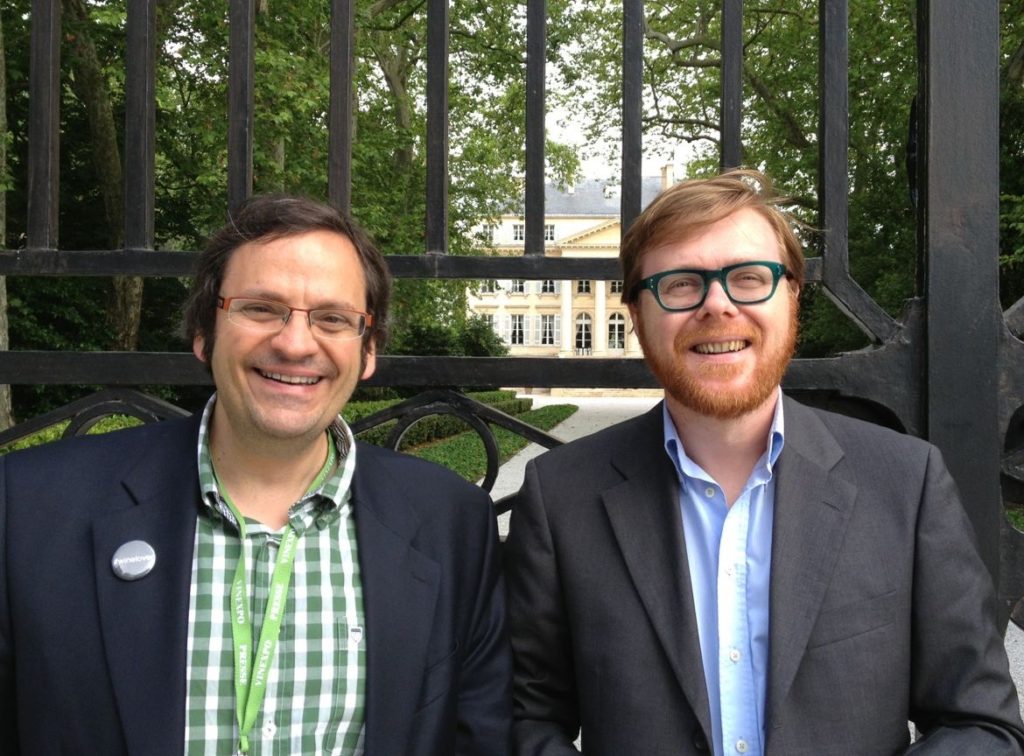
Easy to smile at Château Margaux. With wine pal Guillaume Deschamps a few years ago: the classic facade photo never goes out of style!
Château Margaux – Quite lovely, but while tasting the barrel samples with Jane and Francis Anson, Miguel Lecuona and Elin McCoy of Bloomberg, I felt almost more impressed by their Pavillon Blanc (reviewed in dry white Bordeaux section, coming up).
Still, Margaux is refined and finely textured, clearly setting itself apart from other estates in this sprawling appellation. It exhibits ripe fruit, a pristine aspect and a long finish, but perhaps it lacks that vivacity that made both 2015 and 2016 more exciting. One interesting detail: the pH is a bit higher here than in either 2015 or 2016. Yields, at 35 hectoliters per hectare, were lower.
Frost struck but “only” about 10% of Margaux vineyards, the best of which “see the river” and thus had little to worry about. As the official estate literature goes: the 2017 lacks the “generosity” of the 2015 and the (cooler) “elegance” of the 2016, which I believe exudes superior acidity/alcohol/tannin balance. Nevertheless, this blend of 89% Cabernet Sauvignon, 8% Merlot, 2% Cabernet Franc and 1% Petit Verdot clocks in at 13.5% alcohol. By comparison, the 2015 reached nearly 14% and the 2016 was 13.2. It may not count among the best of the First Growths of 2017, but certainly a top wine for the vintage. And the second wine – Pavillon Rouge – was pretty darn good, too. 94-96
Château Palmer – Alcohol relatively modest for both first and second wines, at just over 13%. The blends were quite similar, too: just over 50% Merlot in both Palmer and Alter Ego; just over 40% Cabernet Sauvignon and the rest Petit Verdot. Yields pretty “normal” at 38 hectoliters per hectare. The Alter Ego is clearly not as good as the first (Alter Ego was hit more by the frost, especially plots inland to the west, with Petit Verdot). In easier vintages, the difference is less pronounced. About 15 hectares were affected by the frost – and all were Alter Ego quality, and impacted Alter Ego volume. In making the wines, director Thomas Duroux explained the need for careful extractions and the use of press wine for structure; to “fill the palate.”
Almost 12% of press wine was used for Château Palmer, which Duroux called “key” in 2017. That much press wine is more than usual: “It would have been a disaster to over extract this year, and not to have used press wines,” Duroux said.
The quality of the first wine is much finer; it exhibits exciting robust ripe fruit and palate presence, as well as finesse. Par for the Palmer course. The nose is not jammy, but ripe and refined. Some floral elements appeal, too. No second-generation grapes were picked, as the estate did a green harvest. As for specific tasting notes, the Alter Ego came across more “open knit” ripe fruit on the nose, but rather strict tannins. Not as impressive as, say, the Pavillon Rouge at Château Margaux. IPT is 66 for Alter Ego, tannins are there but refined. A very fine Palmer to be sure. Does the price fit the bill? 93-95
Château d’Issan – Well, well, well. This estate is getting better and better. Depending on the price, I may be a buyer. One of the most successful Margaux wines of the vintage. It actually approaches the quality of its 2015, and is every bit as interesting this vintage as Château Palmer, which is no easy feat. Such purity of fruit. And longer than many wines tasted at the negociant Joanne, this blend of 65% Cabernet Sauvignon and 35% Merlot. It clocks in at 13% alcohol and is aging in 50 percent new oak. My overall impression is a wine of precision and elegance. Was frost an issue? At 43 hectoliters per hectare, it does not seem to have been such a problem. Tasted at the negociant Vintex, the notion of refinement and finesse shined through. Bravo! 92-95
Château Rauzan-Ségla – Far more concentration than the Rauzan-Gassies, tasted just before at the UGCB. One senses a certain 2nd growth power in the core. Not the most optimally ripe I may say – as compared to the 2015 or 2016 vintages – but you have fine floral aromatics followed by a substantial palate. It just did not “wow” me as in previous vintages, although it is still an excellent wine! 92-94+
Château Ferrière – Tasted at BioDivin as well as at the UGCB, where it came across a bit better : quiet elegance that appeals, with mild, mentholated aspects. This will gain in breadth with barrel aging. Should be lovely and quite “Margaux elegant” and with a decent price. 91-93
Château Labegorce – Yet again, this estate proves its mettle. Blending 40% Merlot, 46% Cabernet Sauvignon, 6% Petit Verdot and 8% Cabernet Franc and aging in 45% new oak, the palate is rather sumptuous and more complete than that of La Gurgue, tasted just before – and you get juiciness. Tasted at the negociant Joanne, it also conveys more grip than Château La Tour Carnet, a classified growth from the Haut-Médoc appellation, yet there is purity and breadth. Bravo! 91-93
Château Malescot Saint Exupery – I enjoyed the depth and ripeness on the palate as well as the ripe fruit expression on the nose. A suave Malescot. 91-93
Château Prieuré Lichine – Floral aspects on the nose to be sure. One of the better showings from Margaux as tasted at the UGCB. This has personality in a red fruit sort of way. Nice! 91-93
Château Kirwan – Somewhat impenetrable nose here. The palate is ripe and fine. Actually has a decent freshness throughout. Some readers should realize that the style has changed here for a while already, since Philippe Delfaut took over from Michel Rolland. 91-93
Château Giscours – Fine aromatics. This has elegance and grace. Although not quite as refined on the palate as, say, the Ferrière, a Margaux to seek in 2017. 90-93
Château Brane-Cantenac – This has fine fruit richness and depth. The nose is far more red than dark fruit: a sign of a fresher style of ripeness. Not bad at all. Quite elegant overall. Reminds me a bit of their 2004. 90-93
Château Durfort-Vivens – Both rich and nuanced. There is pleasure here. Some nuance and freshness; I rather like it, even if it is not gangbusters ripe. 90-92
Château Cantenac Brown – Interesting to note how the palate seems a bit deeper here than with the Château Brane Cantenac, tasted just before at the UGCB. But it lacks the elegance of the latter wine. More a Merlot driven aspect than cooler Cabernet? In any case, a tasty wine in the making to be sure. 90-92
Château Lascombes – Somewhat stolid in expression. There is spice and oak derived tannin with ripe fruit: It is OK. But the overall impression is a tad “monolithic” and lacking enough Margaux charm to get a higher score from barrel. Similar reaction at the Vintex negociant tasting. Juxtaposed with d’Issan, and it is rather night and day. 89-91
Château Siran – While not as supple as Château Labegorce, tasted just before at the negociant Joanne, this blend of 46% Cabernet Sauvignon, 47% Merlot and 9% Petit Verdot exudes brightness, with a pleasing tannic edge on the palate. A powerful aspect, rather due to somewhat edgy tannins but overall this will calm down with age and become rather appealing. Similar results at the UGCB. 13.5% alcohol. 89-91
Château Marquis de Terme – At the negociant Joanne, I like the supple nose and the rather smooth palate texture. At the UGCB, the tannins seemed a bit harder, but there is a fine core of ripe fruit, even if a little short on the finish. 89-91
Château Dauzac – Spicy and rich nose. A certain bit of austerity on the palate, a bit of raw tannin. It needs to settle. There may be some oak derived tannin, too. 89-91
Château Du Tertre – Aromatics a bit under-ripe, but there is a pleasingly soft and even plump mid palate, bucking a bit the logic of needing to be “closer to the river” because this estate is further inland. The finish is marked by somewhat under-ripe tannin however. 88-90
Château Tour de Mons – Tasted after the Tour de Bessan, a relief. This has a better nose, and comes across riper, albeit the palate is a bit tight and tannins a bit raw and slightly rustic. But not bad. 86-88
Château Tour de Bessan – This blend of 57% Merlot and 43% Cabernet Sauvignon reveals slighty green tannin on the nose and becomes grasshopper green on the palate: raw and abrupt.
Château La Gurgue – Another cru bourgeois level wine with under-ripe tannins. This blend of 50% Merlot, 46% Cabernet Sauvignon and the rest Petit Verdot is in the midst of Demeter conversion, but the barrel sample this year lacks certainly the generosity of a vintage like 2015. The palate dries out a bit.
Château Monbrison – Tasted at the negociant Joanne, this comes across more as a winemaking exercise to compensate for the lack of enough ripe fruit. Disappointing, a bit drying and hard. Tasted twice with similar results (UGCB the other tasting).
Château Desmirail – Oak notes, yet again. There is fruit on the mid palate and that is a plus, but the overall sensation is lots of smoky oak that blankets this blend of 55% Merlot, 35% Cabernet Sauvignon and 10% Petit Verdot aging in only 33% new oak. Not sure how they managed this. Tasted both at Joanne and at the UGCB with similar disappointing results.
 Wine Chronicles
Wine Chronicles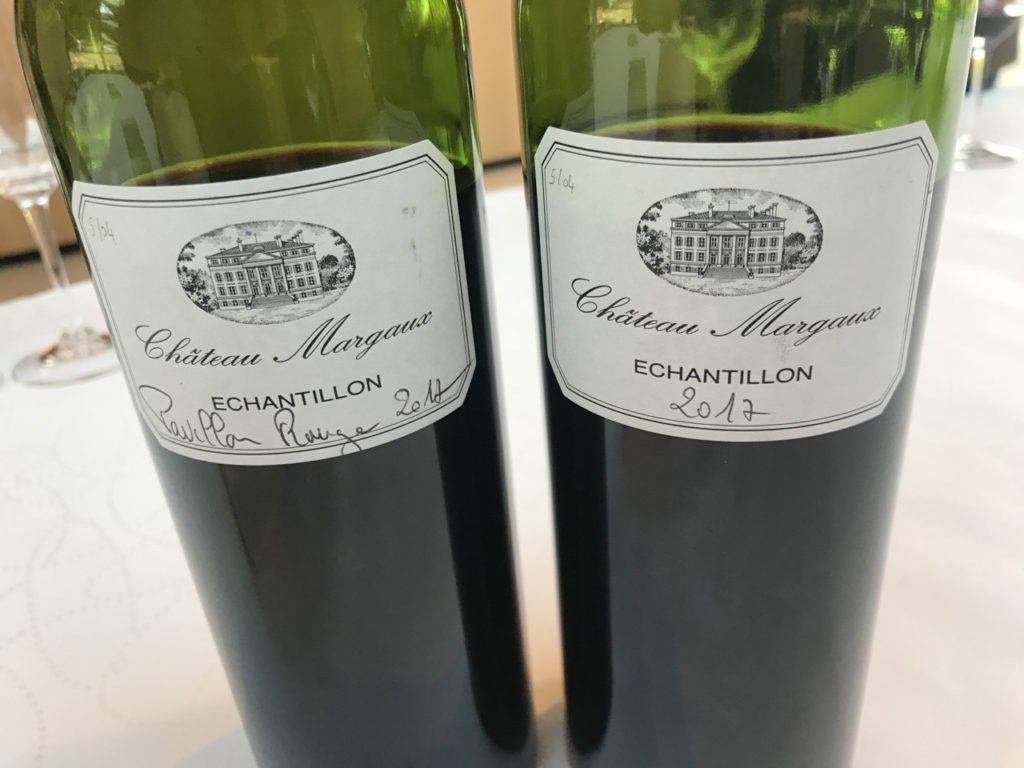
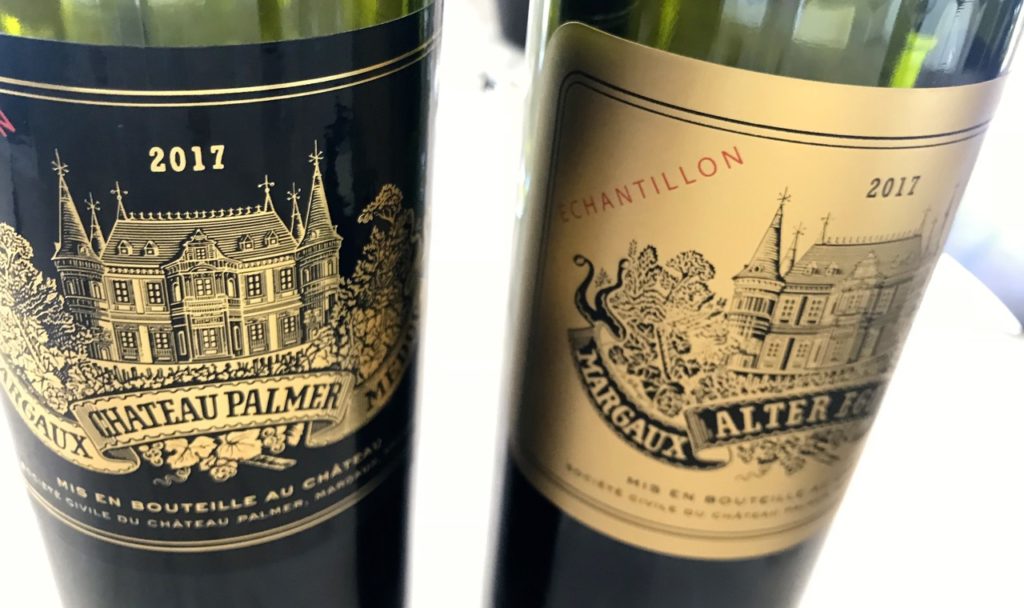
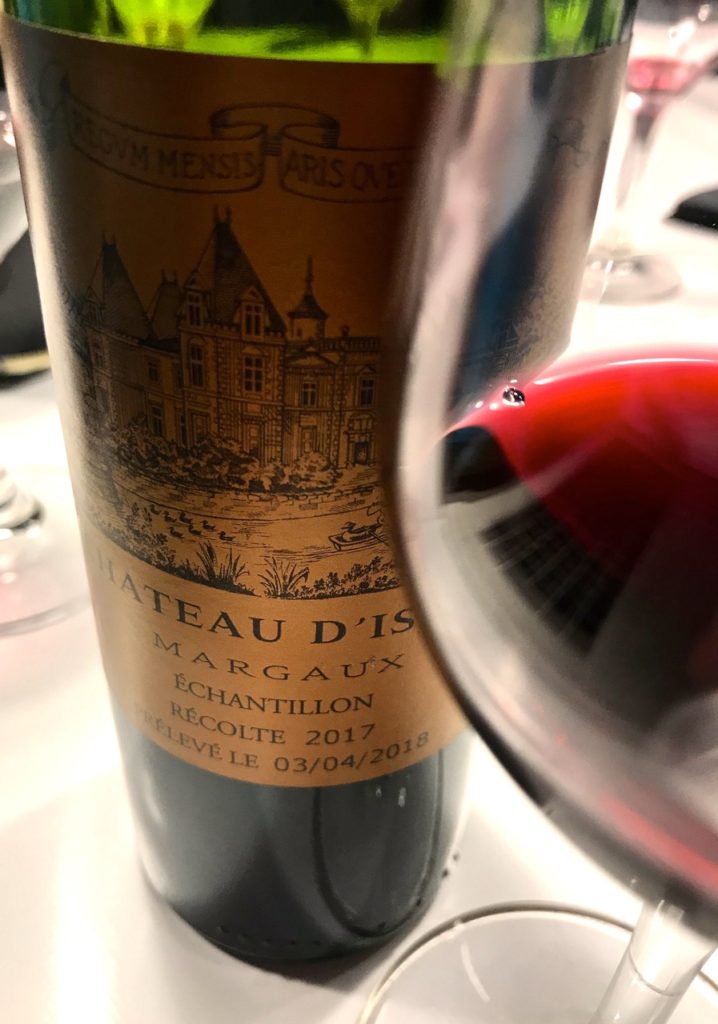

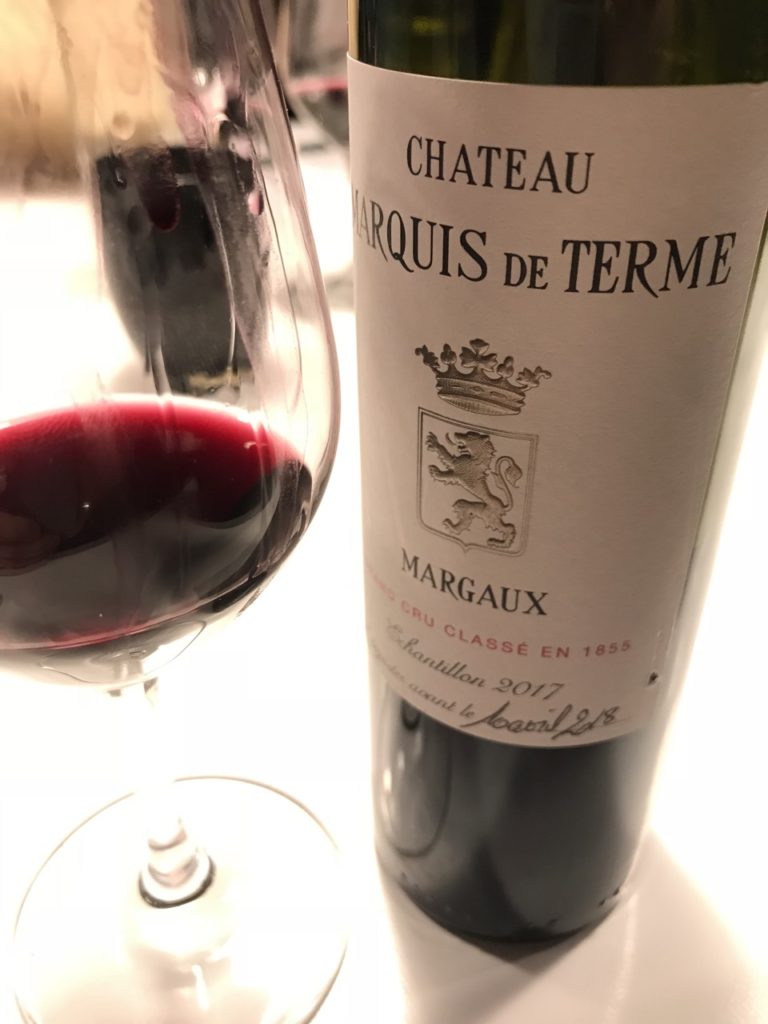
Share This